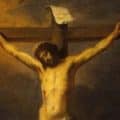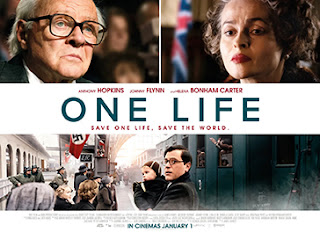Historians have long been fond of eclipses, especially since historical references to ancient eclipses sometimes enable other ancient events to be dated more precisely than would otherwise be possible. One of the earliest known solar eclipses was in 1375 B.C. and was recorded in the ancient city of Ugarit, in what is now Syria. In earlier times, eclipses were often interpreted as signs or omens of some contemporary calamity. They have also been known to alter behavior. Thus, the ancient Greek historian Herodotus wrote that an eclipse that occurred during a battle between the Medes and the Lydians in 585 B.C. caused the two armies to stop fighting and make peace. Wouldn’t it be something if today’s eclipse had that kind of effect on any of the conflicts currently tearing our world apart!
Like the many who are traveling near and far today to experience the awesome wonder of the eclipse, we are all pilgrims seeking the light revealed amid the dark shadows of our day-to-day divisions and conflicts.
In August 2017, together with many other « eclipse pilgrims, » I was privileged to view the total eclipse of the sun from our observation point at Saint Joseph the Worker Church in Madisonville, TN, a manageable drive from Knoxville. The photo above was one of many I took that memorable day.
How I wish I could repeat that experience today! Alas, the path of totality is too far west of here to make that feasible. I do hope that as many as possible will be able to avail themselves of the opportunity to see this most amazing natural show (and that the weather will cooperate). May their experience be safe and as inspiring as previous eclipses have been for others. For myself, however, I must content myself with memories and reflections from that last total solar eclipse.
Blow the trumpet at the new moon, said the psalmist (Psalm 81:3). In Tennessee in August 2017t, he Moon blew her own trumpet, as she put on a show of shows, covering up the Sun in an amazing spectacle of light and shadow. Since Knoxville was just outside the path of totality, the four of us drove down to the southernmost parish in our deanery, which was scheduled to be more than two minutes in Totality. From there, we were able to view the eclipse in all its amazing grandeur. Needles to say, we were not alone. We left in mid-morning, hoping to avoid getting snarled in traffic and successfully got to the city of Madisonville around 11:00, which left us plenty of time to get some lunch in a crowded roadside restaurant with some of the other « eclipse pilgrims » who were swelling the town’s population on that so memorable day.
Then on to the local church, where we met up with others we knew and others who had come from as far off as Mexico and Queens, NY, to experience this awesome spectacle. Children were playing games. People were cooking food in the parking lot and picnicking on the grass. It was a real party atmosphere. Everyone was friendly and hospitable, inviting others to share their food. After making a proper visit to the church itself upon arrival, I periodically retreated to that air-conditioned building to sit down and cool off while we waited and to reflect upon what we were witnessing.
The first part of the eclipse went on for over an hour. The Moon bit more and more into the Sun, which itself as a result came more and more to resemble a kind of crescent moon! The effect of wearing the special eclipse glasses was startling! Unlike wearing sunglasses, for example, when wearing the special eclipse glasses you could see nothing at all, total darkness – except for the sun, which looked like a small yellow disk, getting progressive smaller as the hour passed. If you didn’t know what you were looking at, you might think you were looking at the night sky during one of the partial phases of a harvest moon.
Towards the end of the Moon’s apparent conquest of the Sun, you could feel the difference in the atmosphere, as the air got just a little bit cooler and the sky started to get darker. You could see it in the images of the crescent sun reflected in shadow in patterns on the ground. Soon it seemed like an eerie twilight. One could hear the animals reacting accordingly, as if imagining thatd it must suddenly be sunset.
And then it was dark! Two or three stars appeared in the sky, as the sun was completely covered and its hot corona suddenly shone all around the dark disk of the Moon. People cheered. People prayed.
And then it was suddenly light again. No sooner did the Moon’s movement reveal a small sliver of the Sun (on the other side this time), then normal light started to return. I suppose the poor animals were completely confused, as well they might be. We, however, who understood what we had seen and experienced could only express our joyful admiration:
Sun and Moon, bless the Lord! (Daniel 3:62).





